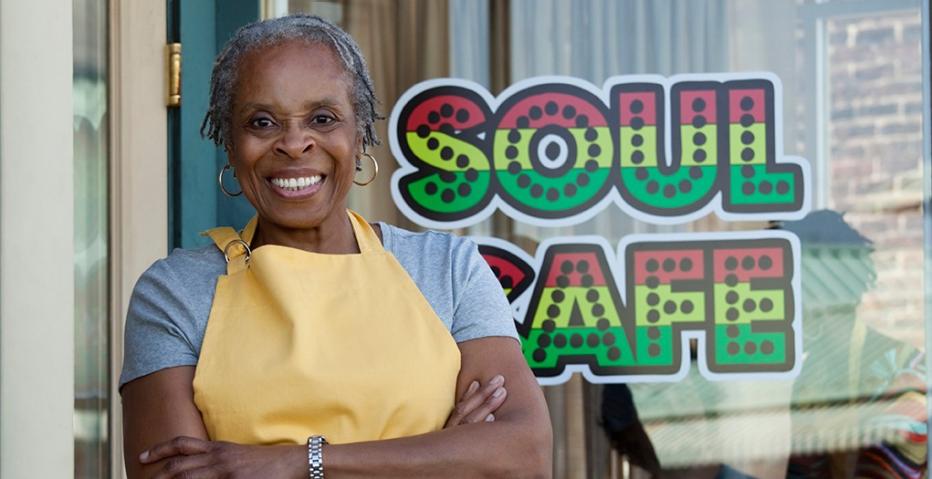AARP Hearing Center
Keeping a small business going during the COVID-19 pandemic took some resilience and ingenuity. New AARP research reveals just how a diverse group of business owners age 45-plus navigated the unprecedented challenges of 2021 and 2022.


We conducted a series of follow-up in-depth interviews with 25 individuals whose businesses made it through the turbulent period. The report reveals insights into the difficulties that arose, silver linings, and what more is needed to foster small business success.
Key Findings
Central to the survival of these small businesses was the ability to pivot in the moment. This meant changing business models, using new technologies, and developing new services that were often virtual and expanding their customer base, according to the qualitative research.
But it wasn’t easy to adapt, especially with a tight labor market and inflation impacting both internal operating costs and external pricing. Other hurdles mentioned in the interviews: dealing with supply chain disruptions, managing new debt, and rebuilding with limited resources.
While business owners found support from their local personal and professional networks, more assistance from government agencies, such as the Small Business Administration (SBA), would have been welcome, AARP discovered. Some had good experiences with the SBA in obtaining relief funds; others expressed a need for more guidance on how to qualify for help.
Although optimistic, all indicated their businesses were still recovering. The unpredictability of the economy and ever-changing financial climate is an ongoing issue. The interviews revealed that those in the restaurant, retail, and production areas were slower to get back to normal than other businesses. For some in professional fields, the pandemic brought new opportunities to expand the workforce. Overall, most businesses found ways to be more efficient and profitable to offset the impact of lost revenue.
In terms of silver linings and new insights coming out of the challenges, business owners were forced to come up with new schedules and strategies that had some lasting positive effects. Many expressed finding a better work–life balance, improved mental health, and a feeling of pride in having a thriving business that they are hopeful will continue.
The research underscores the need for partnerships with nonprofits, corporations, and foundations to provide training and mentoring, and it highlights potential improvements in government services to support small businesses through future disruptions.
Methodology
The report was based on interviews with 25 small business owners age 45-plus with 100 employees or less who were African American, Hispanic, Asian American and Pacific Islander, a veteran, and/or identified as LGBTQ. Information about their experiences in 2021 was gathered initially by phone between February and March 2022; follow-up check-ins and phone calls were done in May, July, and September 2022 to provide additional insights.
For more information about this survey, please contact Lona Choi-Allum at lallum@aarp.org. For media inquiries, contact External Relations at media@aarp.org.




























































